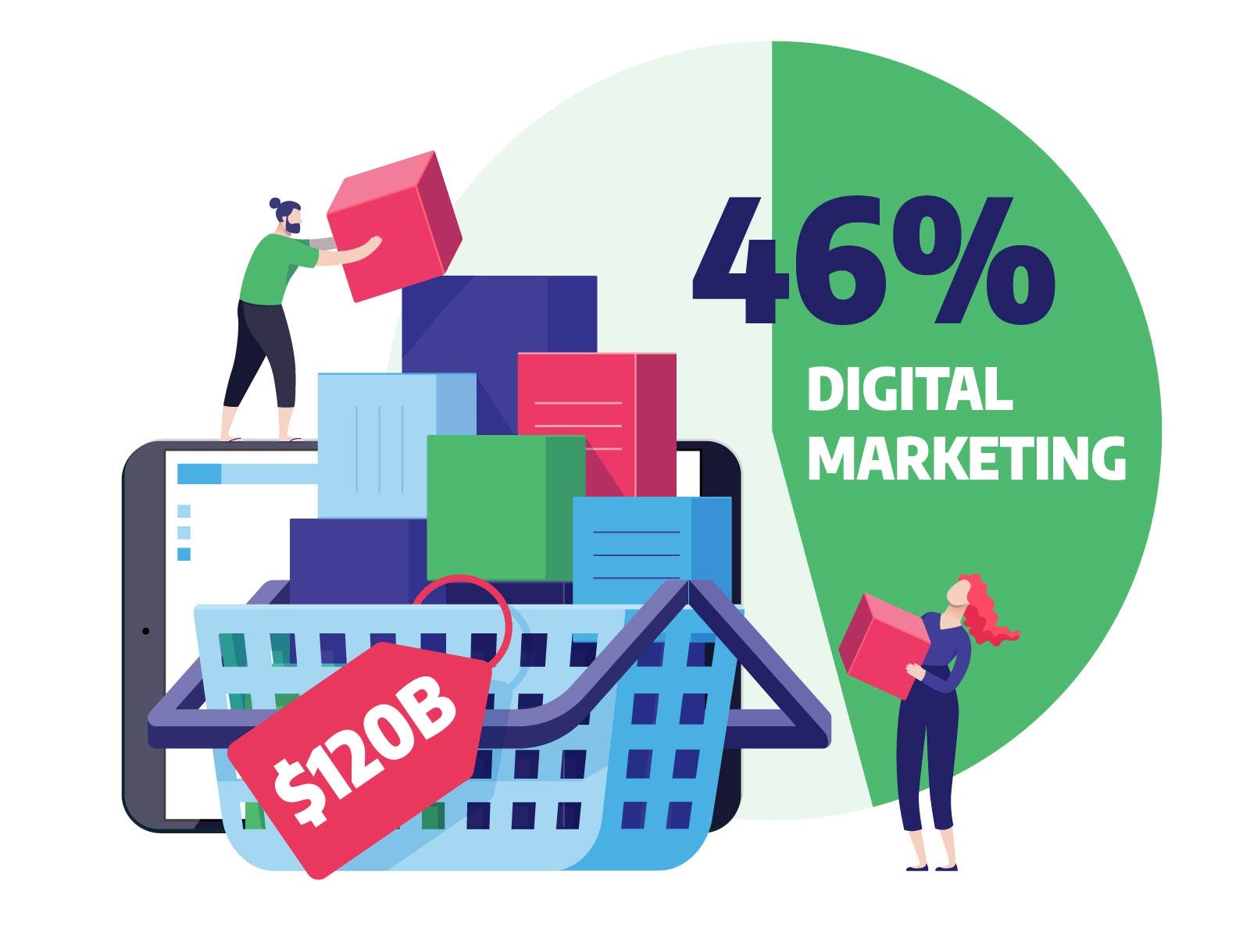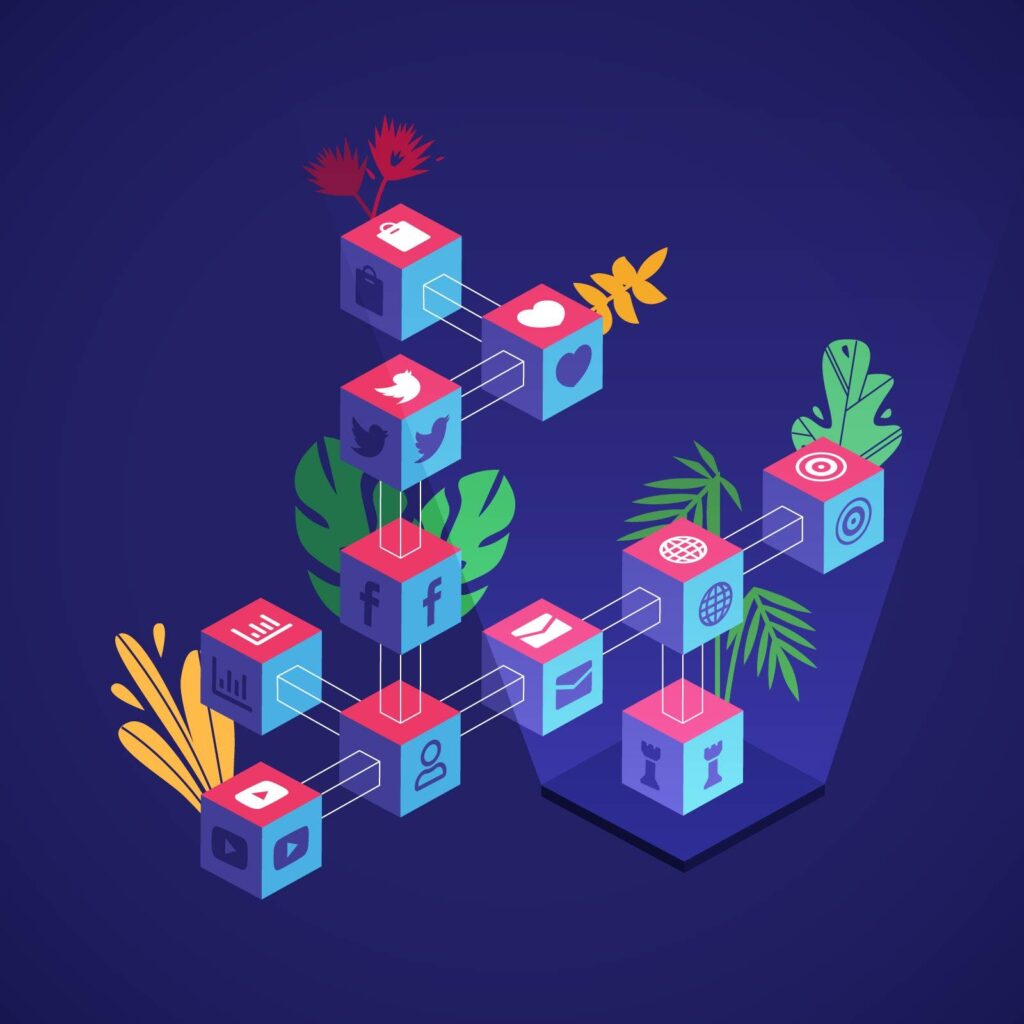By now you’ve probably heard of multi-touchpoint/multi-channel marketing. But, here’s a quick primer in case you need it: Multi-touchpoint/multi-channel marketing refers to the use of various digital media platforms to target customer interaction/sales.
Some multi-channel marketing outlets include social media, content marketing, display advertising, video, websites, email campaigns, and text messaging/mobile.
Using a combination of outlets gives your customer choices as to how to take action to purchase your product or service.
All of these outlets considered together are referred to as your digital ecosystem.
The Growth of Multi-Channel Marketing
Society as a whole has access to more information than ever before. We are in the age of knowledge and data overload, and often are faced with more of both than we can possibly process or harness.
In fact, we have so much advertising thrown at us, that we are just as adept at blocking it out as we are ignoring it.

This isn’t to say marketers have given up on digital; predictions point to the contrary. According to Forbes, digital marketing will consume up to 46% of all advertising means in the next five years. And the United States’ digital spend is predicted to near $120 billion by 2021.
It’s all just a matter of how you spend your budget on digital and which platforms within your ecosystem are best for your particular business.
What Are Digital Ecosystems?
Digital ecosystems involve a system of popular solutions that join together with your multi-channel strategy in B2B markets to make up your company’s digital marketing ecosystem — a system that is more valuable together than any one element could be alone.
Digital ecosystems are swiftly reshaping the way industry works and are bringing buyers and sellers together on digital platforms in a whole new way.
The Goal of Digital Ecosystems
The best marketing strategies incorporate genuine content into multiple-channel marketing to reach directly out to customers to enhance customer interaction. The only way to know which content works best on which outlet is to measure it.
We live in a society where everything can be measured and tracked. But it’s not an easy task to sift through the enormous amount of data available to come to a solution, nor is it easy to know which measured result actually matters.
When that happens, then paid search gets all the credit. But in reality, your entire multi-touchpoint marketing plan should get a pat on the back.
The marketer’s goal, then, is to understand the art beyond the science and to know how to deliver complex sales to a multi-channel, full-funnel campaign using their digital ecosystem to work together to convert the customer, thus resulting in a broader set of potential buyers.
How to Choose a Digital Ecosystem
There is no way to predict which digital ecosystem is the right one for every company. Economics, seasonality, and the path a user takes to get to you vary largely. There is rarely a point A to B. It’s more like A to Z and then back to B, and that journey could take days or even years.

However, commonly used crossover channels include paid search, social, programmatic, and content marketing. Whether you choose to advertise on Facebook, Twitter, YouTube, or Instagram, just remember that it’s the quality of content that earns conversions.
Quality content is enjoyable to watch and/or read. It’s relevant, and doesn’t function solely as an ad. Until you let go of the notion of just shoving ads down the promotional pipe and get on board with creating valuable content, you won’t receive the attention you want from your audience.
Partner with experts and influencers (when appropriate). Keep an eye on upcoming trends (E-Sports, Twitch, YouTube gaming, Alexa bot, Facebook Watch, etc.) and pair insanely good content with a just as amazing user experience. Don’t just put a clever ad on YouTube, follow up with a live chat, personalized emails, or complementary campaign text messages that are helpful and non-obtrusive.
Contact us if you’d like more information about Oodles marketing efforts. We’d love to talk!
